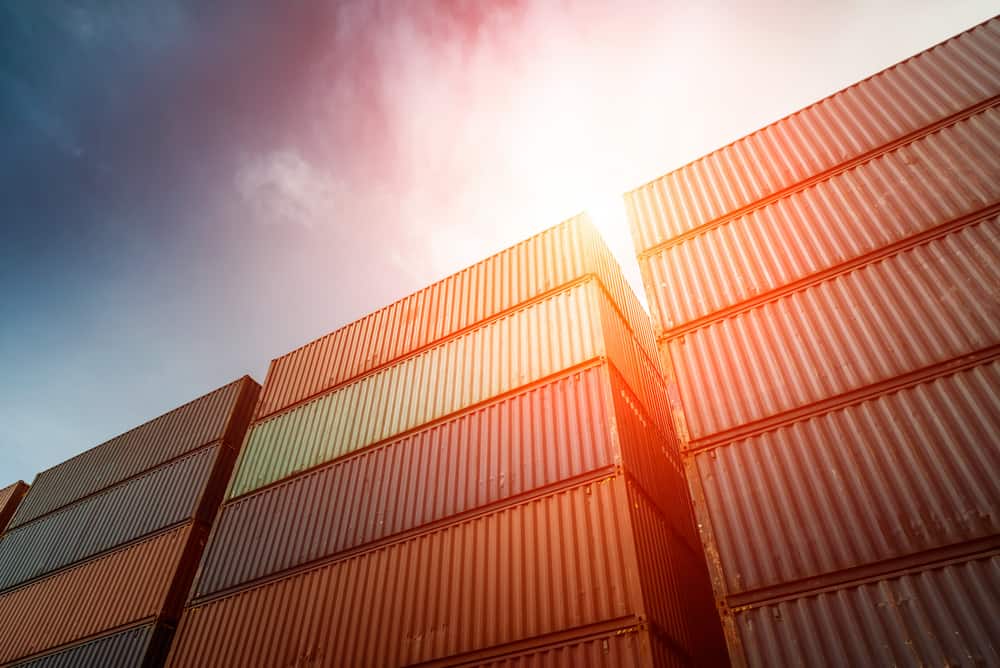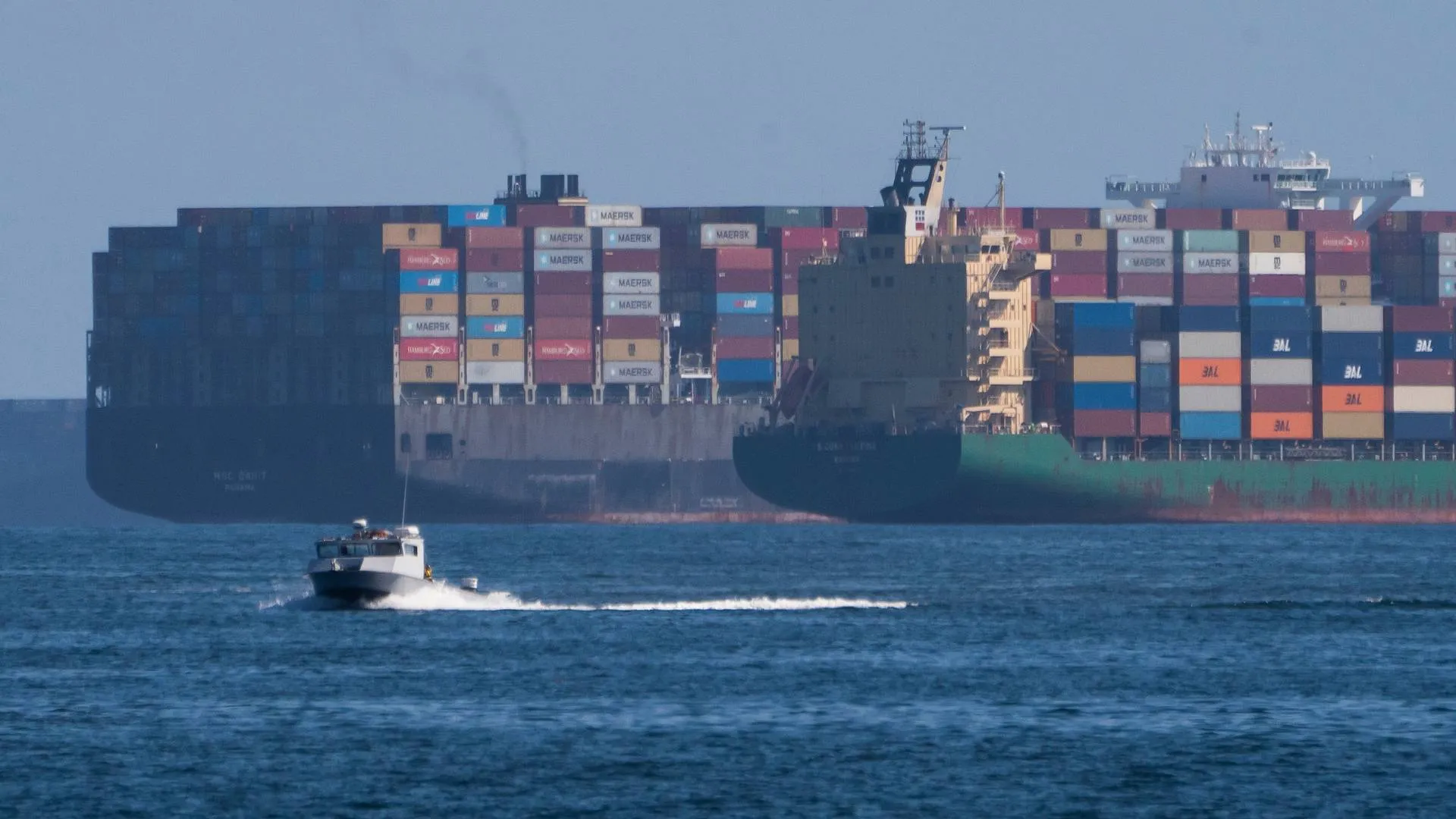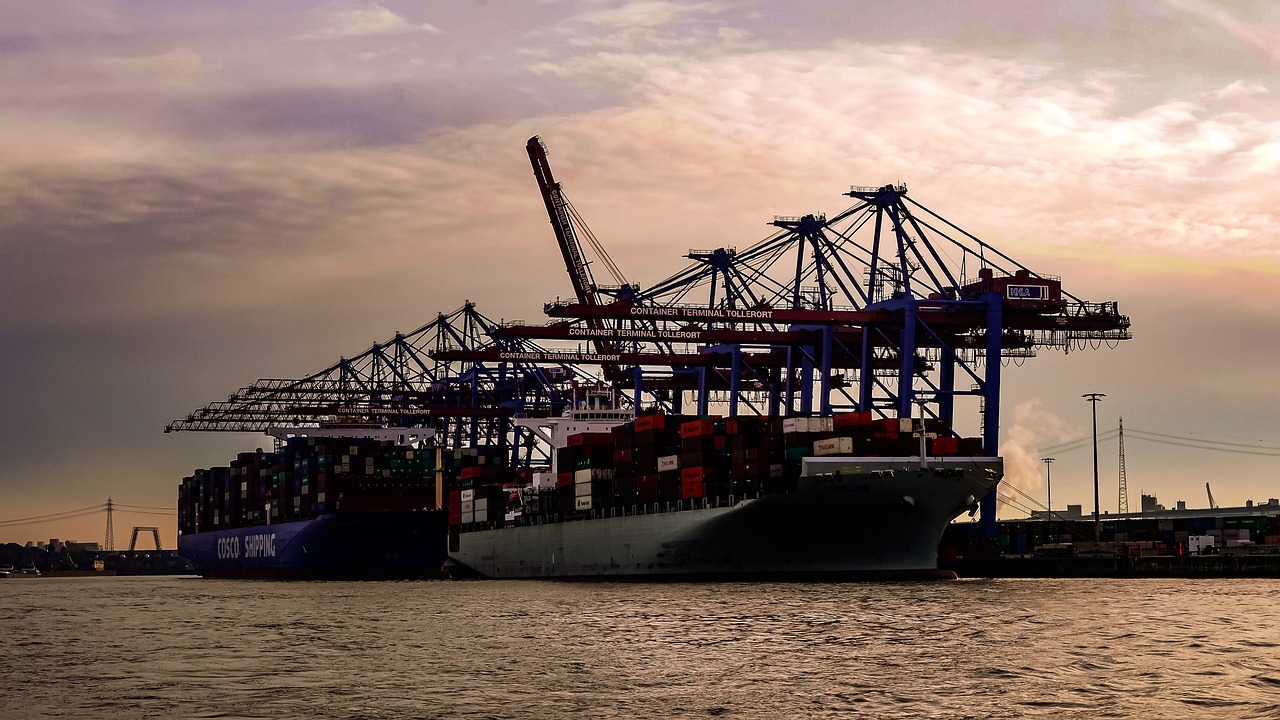In a significant move amid Western sanctions, Russia’s United Shipbuilding Corporation (USC) has announced plans to construct the country’s first ice-class liquefied natural gas (LNG) carrier. This initiative was unveiled at the St. Petersburg International Gas Forum, with the vessel designed to serve Gazprom’s Baltic Ust-Luga facility. The design is versatile, allowing for adaptations to meet the needs of other Russian gas companies, particularly those operating in the Arctic region.
The absence of ice-capable vessels has hindered the full-scale development of Russia’s Arctic gas projects. Currently, six high ice-class LNG carriers remain undelivered due to sanctions affecting South Korea’s Hanwha, with several contracts also canceled. Meanwhile, the Zvezda shipyard in Russia’s Far East has faced difficulties in completing five LNG tankers that were being built in collaboration with Samsung Heavy Industries.
To address these challenges, USC’s new design emphasizes domestic production, relying on 90 percent Russian components. However, significant hurdles remain, particularly concerning propulsion units that were previously supplied by ABB and membrane technology from France’s GTT. In response, USC plans to utilize Russian technology to replace these Western suppliers.
Additionally, Russian company GTI has been developing its own cryogenic containment system over the past few years. While the current status of this technology is unclear, GTI claims to have achieved 97 percent import substitution and is seeking type approval from the Russian Maritime Register of Shipping (RS) in preparation for serial production. Some of GTI’s innovations may already be integrated into the unfinished gas carriers at the Zvezda yard, utilizing insulation panels made from tanker plywood produced by Russia’s Segezha Group.
The proposed USC gas carriers are modeled after the Yamal LNG carriers, each designed to transport approximately 170,000 cubic meters of LNG. Instead of aiming for a high Arc7 ice class, USC has opted for a medium Arc4 classification, which is adequate for year-round navigation in the Baltic Sea. With the assistance of icebreaker escorts, these vessels could also access the Yamal and Arctic LNG 2 projects in the Russian Arctic for most of the year.
EU sanctions another 50 Russia-linked ships
Despite USC’s extensive experience in constructing ice-class vessels, including the majority of Russia’s nuclear icebreakers at its Baltic Shipyard, the timeline for successfully building these LNG carriers remains uncertain. The Russian shipbuilding sector has been plagued by delays, cost overruns, and aging infrastructure, which raises questions about the feasibility of ramping up domestic production of oil tankers and bulk carriers.
Moreover, Russia’s ambitious Vostok Oil project, the largest oil development initiative since the 1980s, is projected to require up to 40 ice-class oil tankers at full capacity. With the plant expected to commence operations in 2026, not a single vessel of this type has been completed at the Zvezda yard, underscoring the challenges that lie ahead for Russia’s shipbuilding industry.




